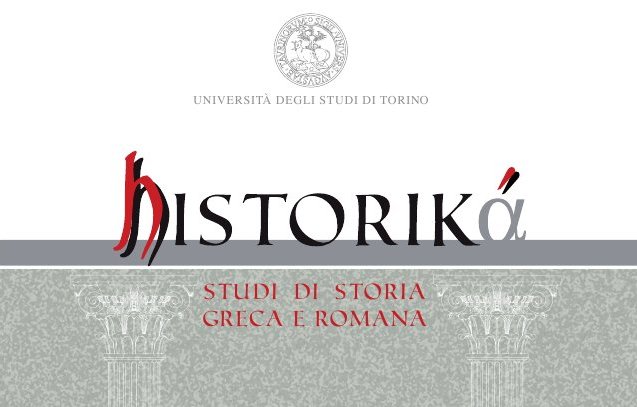"Discors Exercitus". Uno stereotipo dell’armata persiana nella tradizione classica
DOI:
https://doi.org/10.13135/2039-4985/2812Abstract
Il lavoro si propone di raccogliere e discutere le testimonianze antiche relative all'immagine letteraria dell'esercito persiano come di un discors exercitus, di una sterminata ma disorganizzata massa di armati, "orda disordinata simile a una folla minacciosa" (V.D. Hanson), composta di soldati di lingua, armamento e tattiche di combattimento assai diverse. A quest'immagine si contrappone costantemente quella, opposta, degli eserciti dei Greci e dei Macedoni, meno numerosi, ma in cui disciplina e ordine costituiscono le chiavi del successo. L'immagine stessa, e quella del confronto fra esercito persiano ed eserciti greco-macedoni sono molto comuni nelle fonti greche e latine a partire dal IV secolo a.C., ma negli autori più antichi non appare sempre usata nello stesso senso né con la stessa finalità: di contro, questa immagine ha una storia lunga e articolata, che in questo saggio si cerca di sbrogliare e di ricostruire nelle varie fasi.
This paper aims at collecting and discussing the evidence concerning the literary image of the Persian army as a discors exercitus, composed by huge but badly organized "mob-like frightening hordes" (V.D. Hanson), made of soldiers of different languages, armed with a variety of weapons and trained in many different tactics: to this image is constantly opposed that of the smaller Greek and Macedonian armies, where discipline and order were the real key of their success. The image itself, and the comparison, are very popular in the Greek and Latin sources from the IVth century BC onwards, but in earlier authors they are not always used in the same sense and with the same aim: these contrasting images have instead a long and articulated history, which the author of the essay tries to disentangle and to put to the test.
Downloads
Additional Files
Published
Issue
Section
License
The authors who publish in this magazine accept the following conditions:
a) The authors retain the rights to their work and assign the right of first publication of the work to the magazine, simultaneously licensed under a Creative Commons License - Attribution that allows others to share the work indicating intellectual authorship and the first publication in this magazine.
b) Authors may adhere to other non-exclusive license agreements for the distribution of the version of the published work (e.g. deposit it in an institutional archive or publish it in a monograph), provided that the first publication has taken place in this magazine.


 The journal has been approved for inclusion in DOAJ. The DOAJ listing of the journal is available at
The journal has been approved for inclusion in DOAJ. The DOAJ listing of the journal is available at 

